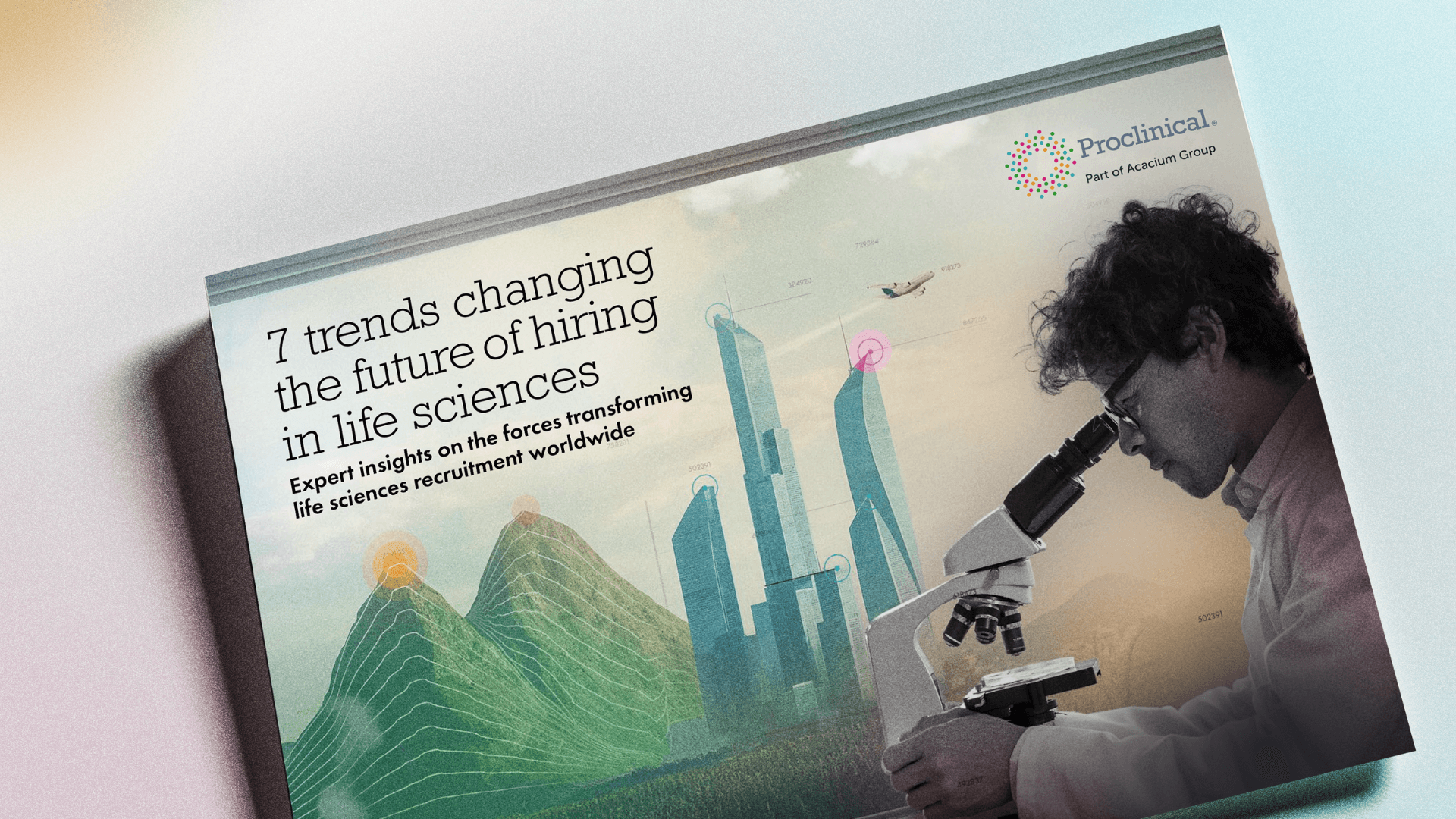

Medical advancements in drug development throughout history have been pivotal in assisting the survival of vast populations of humans, curing life-threatening conditions as well as advancing medical and scientific knowledge to shape the future of healthcare.
We have put together a list of the top 10 most important drugs in history based on two key factors. First, drugs that have been developed for life-threatening conditions are at the top of the list, since their discovery and implementation has often paved the way for further development that has wiped out conditions or lessened their severity. Second, we must consider the scale of the drug's use and the amount of people it has been used to treat.
10 important drugs and their uses
Within our list of the most important medicines in the world, we have also looked at the importance of these drugs on the human population, the positive impact that they have had and how they have helped to advance medicine across the world.

10. Ether (1846)
Before its true potential was discovered, ether had been known for over 300 years. However, nobody had thought to use it as an anaesthetic. Before the discovery of ether, people literarily used to have limbs amputated while being held down. The drug works by suppressing people's brain activity to the point that major operations can be carried out without the individual experiencing pain. Over the past few decades, more modern and effective anaesthetics have been developed, but ether paved the way, giving it a firm place in the list of the most important drugs to be discovered.

9. HIV protease inhibitors (1990s)
HIV infection was first documented in San Francisco and New York City in 1981, then four years later it was identified as the causative agent of the acquired immune-deficiency syndrome (AIDS). Although not the first HIV drugs, protease inhibitors, combined with other types of AIDS drugs, meant that, for the first-time, doctors could keep HIV levels so low that patients never developed AIDS. Of the 26 drugs approved by the FDA for treatment of HIV, 10 are protease inhibitors.

8. Chemotherapy drugs (1940s)
Originally used as a weapon in World War I, mustard gas was one of the first chemotherapy agents used to treat cancer. Mustard gas was proved to kill cancerous cells but it also significantly damaged healthy ones leading to little survival benefit. The first drug to prove itself against cancer was in fact methotrexate, which in 1956 cured a rare tumour called choriocarcinoma. Over the next few decades of cancer research, advances in chemotherapy were made and numerous drugs with different mechanisms of action led to dramatic improvements in patient survival and a decline in mortality rates. The increased survival from cancer today is down to both the development of a vast array of chemotherapy agents as well as early detection programmes implemented by health systems across the world.

7. Chlorpromazine or thorazine (1951)
Discovered in 1951, chlorpromazine was the first official antipsychotic drug. Its discovery and use represented a turning point in psychiatry and one that led to what some refer as the 'psychopharmacological revolution'. Not only was the drug a huge success, but just over 10 years later it had been used by around 50 million people. Chlorpromazine is also known to have paved the way for future generations of drugs used to treat anxiety and depression. The mechanics of the drug also enabled researchers to further understand its effect on neurotransmitters in the brain and how impulses passed from one neuron to the next. This discovery was to become pivotal in further advancing our understanding of mental illness.

6. Polio vaccine (1955)
Although vaccines are not technically drugs, they are a form of preventative medicine. Polio, a disease caused by a virus living in the throat and intestinal tract, was once one of the leading causes of disability in the world and was the source of widespread fear and panic. Since the introduction of the vaccine in 1955, the disease has been eradicated from almost every part of the world. However, since the virus is still in existence, children are still given the vaccine before starting school.

5. Aspirin (1899)
Aspirin as we know it today first came into being in the form of acetylsalycilc acid when a pharmacist at Bayer used the drug to alleviate his father's rheumatism. It was widely believed at the time of discovery that aspirin relieved pain by acting on the central nervous system. Today, we know its uses extend far beyond simple pain management and it is commonly prescribed as a blood thinner to help prevent heart disease and strokes. For individuals with conditions such as muscle pain, arthritis or headaches, aspirin is inappropriate because of its side-effects, but aspirin is an ideal choice for its analgesic effects.

4. Morphine (1827)
Morphine was first discovered by German pharmacist Friedrich Serturner in the early 1800s, and just two decades later, Merck began its commercial marketisation in 1827. The drug soared in usage after the development of the hypodermic syringe in 1852. Although individuals may become addicted to the drug, it is nevertheless agreed that the benefits of the painkiller far outweigh the disadvantages of its use. Without this drug, literally millions of individuals with bodily injuries or more complicated medical conditions would have spent their lives in a vast amount of pain. The discovery and use of morphine also led way to a new generation of pain management drugs, some of which can even be purchased over the counter in pharmacies today.

3. Smallpox vaccine (1798)
Smallpox has been known as one of the worst threats humanity has ever faced. In today's terms, it was as deadly as cancer or heart disease, killing well over 10% of the population with figures being up to 20% in higher populated towns and cities. Thanks to the development of the vaccine in the 19th century, it was one of the first diseases to be wiped off the planet. Today, the eradication of smallpox is seen as one of humanity's greatest achievements.

2. Insulin (1922)
Individuals with advanced diabetes are unable to produce sufficient amounts of insulin, a hormone involved in the conversion of sugar to energy. Before the advent of insulin in 1922, patients were given a near-starvation diet to ward off symptoms. Insulin is also understood to have paved the way for future hormone replacement therapies and has saved the lives of countless patients diagnosed with diabetes.

1. Penicillin (1942)
Penicillin was first developed in 1928 but started to be used in 1942. As the first official antibiotic, it marked a turning point in human history and led the way in the treatment of numerous bacterial diseases. It is estimated that Penicillin has saved between 80 million and 200 million lives and without its discovery and implementation, 75% of people today would not be alive because their ancestors would have succumbed to infection. It has been used to treat a plethora of conditions such as pneumonia and scarlet fever, as well as ear, skin and throat infections. In 2010 over 7.3bn units of penicillin were administered worldwide. However, inappropriate use of the drug has meant that the world is now facing antibiotic resistance, and bacteria are evolving to fight off the drug's effects.
Found this blog interesting? Find out more about medical advancements by following us on LinkedIn and subscribing to our YouTube channel.
.png)





.png)

.png)
.png)

.png)
.png)












